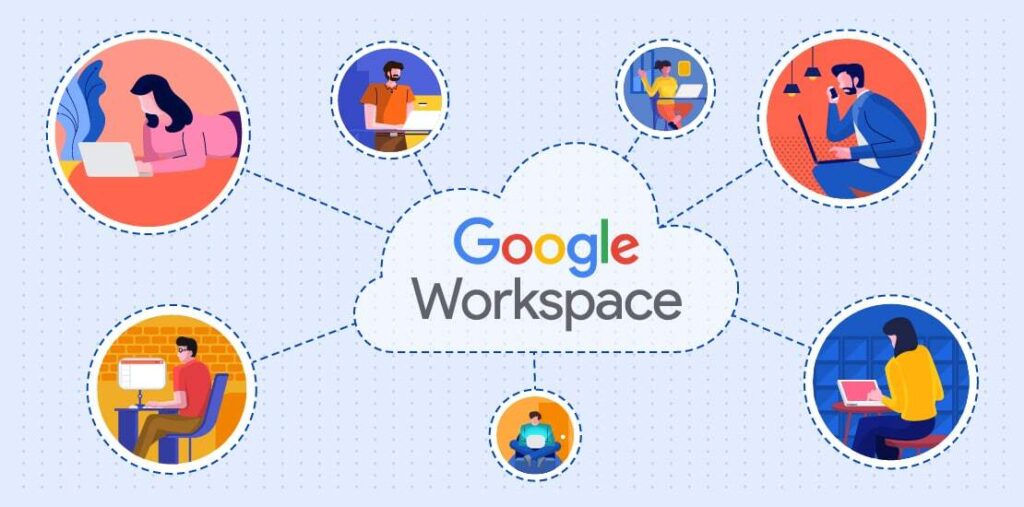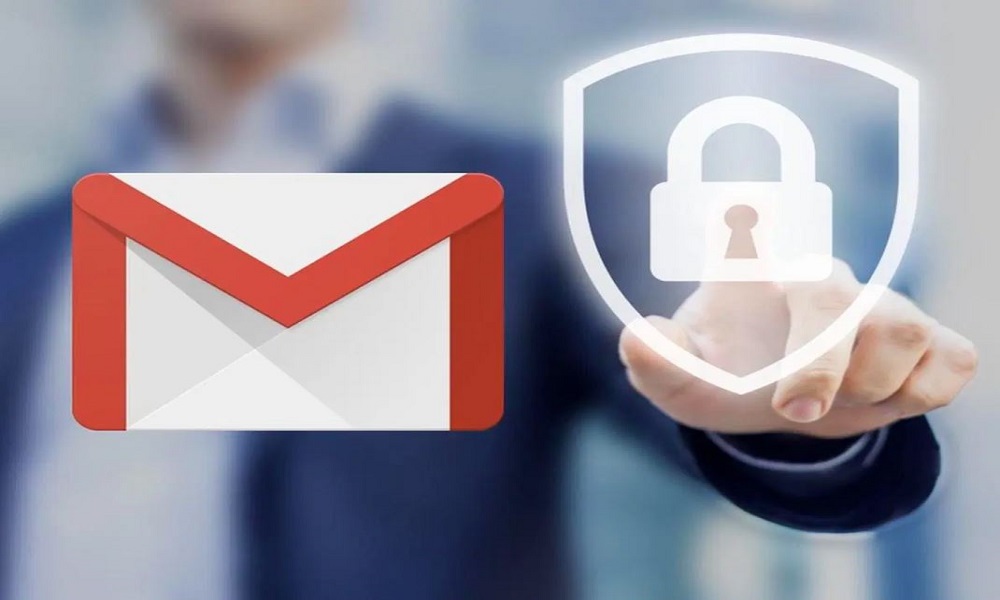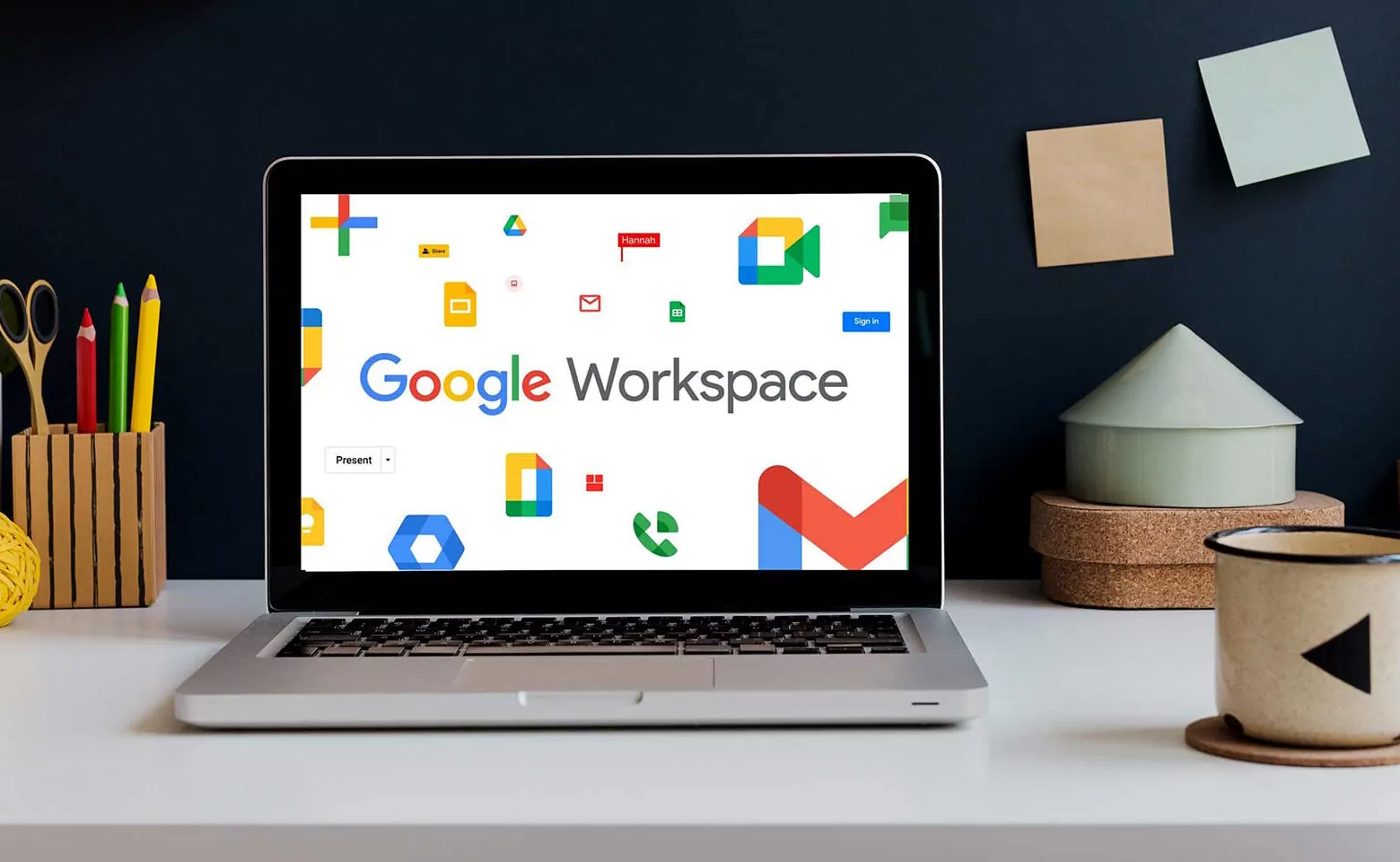Switching your personal Gmail account to a Google Workspace business account allows you to access additional features designed for organizations and teams. However, some users worry about losing their existing Gmail data or access during the transition. google workspace migration

Fortunately, Google makes it simple to convert your Gmail account while retaining all your current emails, contacts, and other information. In this comprehensive guide, we’ll walk through the step-by-step process of upgrading to a business account without disruption.
Benefits of Switching to Google Workspace (google workspace migration)
Before going through the conversion process, let’s discuss why you may want to upgrade in the first place:
Custom Business Email – Google Workspace lets you use your own domain name to set up professional email addresses like [email protected]. This presents a more official image to customers. google workspace migration
Enhanced Security – Business accounts provide advanced protection against phishing and malware attacks to secure sensitive company information.

More Storage – Depending on the plan, Google Workspace offers significantly more email and cloud storage than a free Gmail account.
Administrative Controls – Manage multiple user accounts and settings from a centralized admin console and dashboard.
24/7 Support – Google provides round the clock customer support to solve issues quickly via phone, chat, or email.
Seamless Collaboration – Workspace includes Google’s full suite of web-based productivity apps for real-time document editing, video meetings, shared calendars and more to streamline teamwork.
The Cost – Google Workspace pricing starts at $6 per user/month for the basic Business Starter plan. Premium tier options are available for additional features. google workspace migration
Now let’s get into the step-by-step process for converting your account while protecting your existing Gmail data.
Step 1 – Sign up for Google Workspace
Go to Google Workspace and click the “Get Started” button. Choose your preferred edition depending on how many users you require and which features you need.

Select monthly or annual billing and enter your contact/payment details to setup the subscription.
Step 2 – Add your domain
Under the “Build your workspace” section, you’ll need to verify ownership of your domain name.
For example, enter yourcompany.com and click verify. Google will provide txt or CNAME records for you to add to your domain host DNS settings to complete verification.
This connects your domain to Google Workspace so you can use it for new email addresses.
Step 3 – Set up users
Now begin adding users – starting with yourself. Click “Add Users” and input names and desired passwords.
On the product selection screen, choose “Business Starter” or whatever edition you subscribed to for each user. Also enable account verification security here as well.
Add as many users as your Google Workspace subscription supports. Always include your former Gmail address to retain ownership and data access moving forward.
Step 4 – Migrate Gmail data to new account
This next part is crucial to carry over your existing emails into Google Workspace.
While signed into your new admin console, open the Transfer tool under Settings. Click “start data transfer” to activate the utility.

Under migration options, authenticate and select your old Gmail account. Then choose your corresponding new business email as the destination. google workspace migration
Double check both addresses are accurate to connect the accounts. Finally, click “Start Transfer” to migrate messages, contacts, and other key data from Gmail to Google Workspace seamlessly.
Step 5 – Update email addresses
At this point your messages and contacts will be duplicated between both your Gmail and new business email accounts as part of the transfer process.
You’ll want to start updating any websites, mailing lists, or databases with your new @yourcompany address. Make sure to configure automatic forwarding from Gmail as well temporarily.
This will direct messages from your old account into Google Workspace so nothing gets lost before the full transition completes.
Step 6 – Configure custom email aliases
A key benefit of Google Workspace is the ability to create email aliases. This further projects professionalism by allowing you to represent departments or positions.
For example, no-reply@, support@, sales@, info@, etc can demonstrate various functions for incoming emails.
To set this up, open Workspace settings and navigate to Groups. Add a new group listing with the desired alias (no hyphens). google workspace migration
Choose group email and add members to connect staff accounts. Repeat this for other departments or roles as needed.
Step 7 – Turn on 2-Step Verification
While your Google Workspace account requires passwords upon signup, enabling 2-step verification adds an extra layer of security.
With 2SV implemented, users must enter both their password AND confirm identity through an external application like Google Authenticator each time they login.
This greatly protects against intrusions, even if someone has somehow obtained an employee’s password. Require 2SV for all administrators and staff accounts inside security settings.
Step 8 – Setup SSO Authentication
Extending secure access, Google also allows businesses to enable single sign-on (SSO) authentication through third parties.
This allows you to manage permissions using existing secure protocols like SAML or OAuth rather than individually authorized Google accounts. google workspace migration
Configuring SSO also lets users access public apps securely without having to log into yet another platform. Connect with solutions like Azure AD, Okta, or ADFS for more robust protection.
Step 9 – Migrate to Business Class Storage
Another advantage available to Google Workspace subscribers is upgrading cloud storage capacity and retention rules.
By default, accounts start with 30GB shared between Gmail and Drive. However Business and Enterprise plans let you expand this substantially per user.
Open settings and navigate to Storage to monitor usage and purchase more as needed. Here you can also configure retention policies to comply with industry regulations.
For example, setting Drive documents or emails to delete automatically after 1 to 10 years.
Step 10 – Explore Team Collaboration Features
A major selling point of Google Workspace is enabling enhanced team collaboration through GSuite apps integration.
Now that you’ve converted accounts, explore useful options like:
- Google Chat – Instant messaging for continuous workflow.
- Shared Drives – Central working folders accessible by internal and external collaborators.
- Sites – Building secure internal websites with docs and analytics.
- Currents – Organization wide social feed for announcements and engagement.
- Meet – Face to face video meetings integrated with daily calendars.
Take advantage of these helpful included tools to streamline operations and communication between departments.
Transitioning to Google Workspace requires some initial setup but pays off through far more robust business capabilities – without losing access to any previous Gmail data. Follow this guide to convert accounts and configure key protections for optimal productivity and security.
Comparison of Key Features
| Feature | Gmail | Google Workspace |
|---|---|---|
| Custom Email Address | No | Yes |
| Email Aliases | No | Yes |
| Phone Support | No | 24/7 for business users |
| Storage Space | 15GB | Minimum 30GB per user |
| Security | Standard protections | Enhanced anti-phishing and malware tools |
| Video Conferencing | Google Meet limited to 60min sessions | Google Meet unlimited usage |
| Team Drives | No | Shared folders with tiered access controls |
| SSO Support | No | SAML 2.0 integration |
| Search Audit Logs | No | Yes |
| Archiving & Retention | Manual downloading | Automated data retention policies |
| Subscription Cost | Free | $6+ per user / month |
FAQ
Can I convert my free Gmail account to Google Workspace?
Yes, any existing personal Gmail account can be upgraded to a business account through the Google admin console while retaining all your data.
How long does it take to migrate everything from Gmail to Workspace?
The automated transfer tool typically finishes migrating all email, contacts, and other information within 1-3 days after starting.
Is any content lost or corrupted when converting accounts?
No, Google ensures a seamless transition that duplicates all your messages and additional items exactly into your new business platform and inbox.
Can I still use both my Gmail and Google Workspace account together?
Yes, you can access either simultaneously as you slowly switch business functions fully over to Workspace. Just remember to set forwarding rules from Gmail to your new corporate address.
What if I want to go back to my personal Gmail later on?
As long you’ve kept your original Gmail address added as a user within Google Workspace, you can simply switch that single account back to a free consumer iteration at any point.
How many email aliases can I create in Google Workspace?
Administrators can create unlimited email aliases representing teams, job positions, or departments to project professionalism and organize inbound communication.

